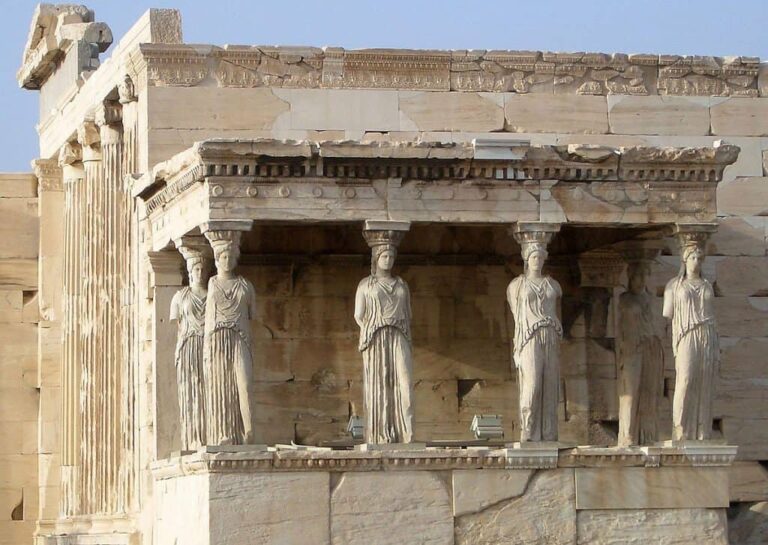Architecture

Ancient Greek architecture came from the Greek-speaking people(Hellenic people) whose culture flourished on the Greek mainland, the Peloponnese, the Aegean Island, and in colonies in Anatolia and Italy for a period from about 900 BC until the 1st century AD, with the earliest remaining architectural works dating from around 600 BC
Ancient Greek architecture is best known for its temples, many of which are found throughout the region, and the Parthenon is considered, both now and in ancient times, to be the best example. Most of the remains are very incomplete ruins, but many survive essentially intact, mainly outside modern Greece. The second important building type to survive throughout the Hellenic world is the open-air theater, the earliest dates of which are around 525–480 BC. Other architectural forms that are still visible include a processional gate (propylon), a public square (agora) surrounded by a multi-story colonnade (stoa), the city council building (bouleuterion), a public monument, a monumental tomb (mausoleum), and a stadium.

Ancient Greek architecture is distinguished by highly formalized features, both in structure and decoration. This is particularly the case in temples, where each building appears to have been conceived as a sculptural unit in the landscape, most often erected on an elevated position so that the elegance of its proportions and the effect of light on its surfaces can be viewed in perspective. all angles.
Nikolaus Pevsner mentions “the plastic shape of the [Greek] temple […] placed before us, which is physically more intense and lively than any later building.”

The formal vocabulary of ancient Greek architecture, in particular the division of architectural style into three specific orders: the Doric order, the Ionic order, and the Corinthian order, was to have a profound influence on Western architecture of later periods. The architecture of ancient Rome grew out of Greek architecture and has retained its influence in Italy continuously to this day. Since the Renaissance, the revival of classicism has kept alive not only the precise forms and orderly details of Greek architecture, but also its concept of architectural beauty based on balance and proportion. Successive styles of Neoclassical and Greek Revival architecture imitated and closely adapted the styles of ancient Greece.

